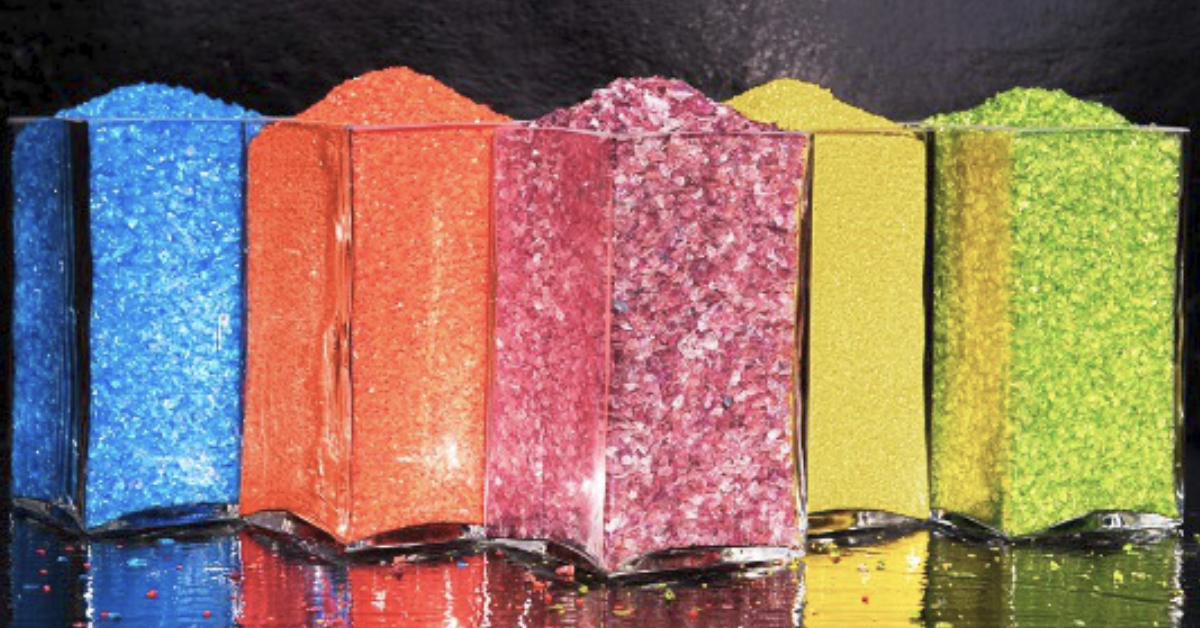Glass presents a rich lexical universe, which contains an ancient knowledge, but in continuous evolution, thanks to the technological development of tools and products.
Today let us try to attribute a concrete image and meaning to the term 'fried'. The frit is one glassy mass formed by fusion of substances such as alkaline and alkaline-earth silicates, borates, fluorides and feldspar and used in the preparation of paints and enamels.
One term for several meanings
The word actually has several meanings, which can be summarized through the following definitions:
- mixture of alkaline substances, sand and other ingredients used to produce the stanniferous glaze of majolica. Or the pulverized glass used for making enamels in general.
- Mixture of vitreous substances used to make soft-paste porcelain.
- In archeology, a substance obtained from glass-like materials, used in ancient Egypt and the Middle East for the manufacture of seals, amulets and figurines.
- In 'glass art, mixture formed by silica, lime and soda which, brought to high temperature, transforms into a liquid and viscous substance, ready to be worked and blown into the shapes you want to make.
The ingredients
The frit formulation determines the physical, chemical and metallic characteristics of the enamel. The main component is the silica, which is combined with other raw materials to be melted. In general, different types of minerals are bound, which provide oxides with an opacifying and coloring effect, with agents capable of increasing the adhesion properties of the enamel.
The latter is returned opaque with oxides of tin or titanium, sodium fluoride or calcium phosphate. For the coloration instead we resort to the addition of cobalt oxides for the blue, manganese and cobalt oxides for the violets, tin oxides for the whites and iron and uranium oxides for the yellows.
The procedure
The frit is prepared by melting the raw materials in melting furnaces that work at temperatures of 1000-1450 ° C and rapidly cooling (quenching) the melt. The latter, for example, is thrown into water or passed between water-cooled steel cylinders. The operation produces glassy flakes with a thickness close to a millimeter. The frit, reduced to flakes, is then ground in dry mills to obtain electrostatic powder or dissolved in aqueous suspension to obtain enamel in the liquid state.
Features and benefits
It is essential that the frit has the right expansion coefficient and the ability to permanently adhere to the metal, as well as guaranteeing a flawless coating even with colors and finishes with particular effects. The chemical composition of the frit must also be appropriate to the firing temperature of the glaze, which changes according to the metal surface of the object to be glazed.
The main purpose of this process is to obtain an insoluble glass, characterized by a homogeneous distribution of the raw materials in the paint or enamel. The fried process also allows you to:
- transform poisonous substances into less harmful forms,
- distribute the color evenly,
- reduce the loss of volatile substances.
Sources: smalteriecastellane.it, chemistry-online.it, Dictionary of Glass
Image credits: effetremurano.com



